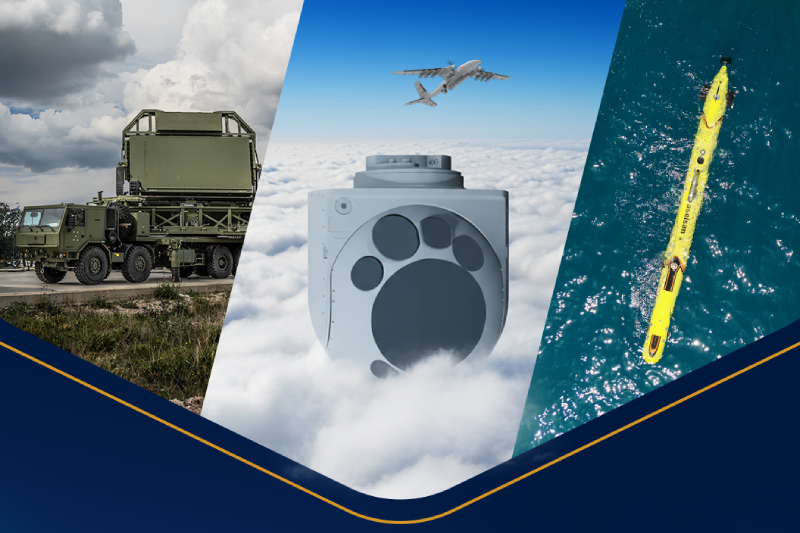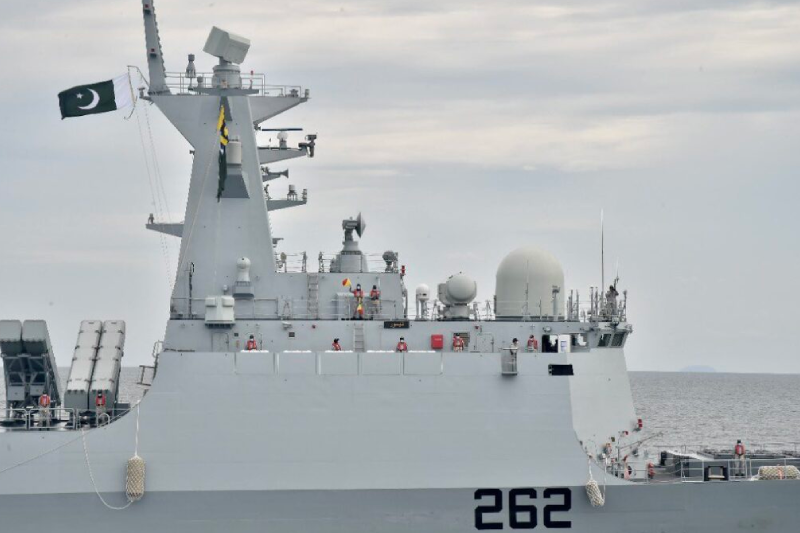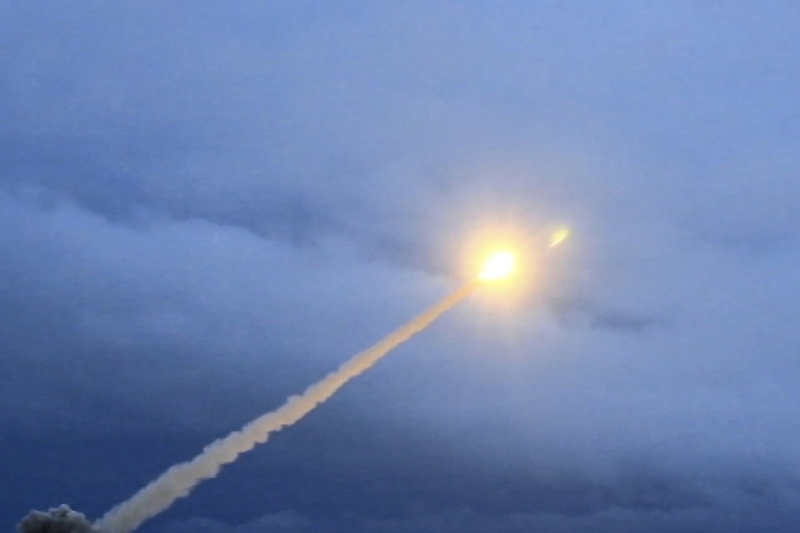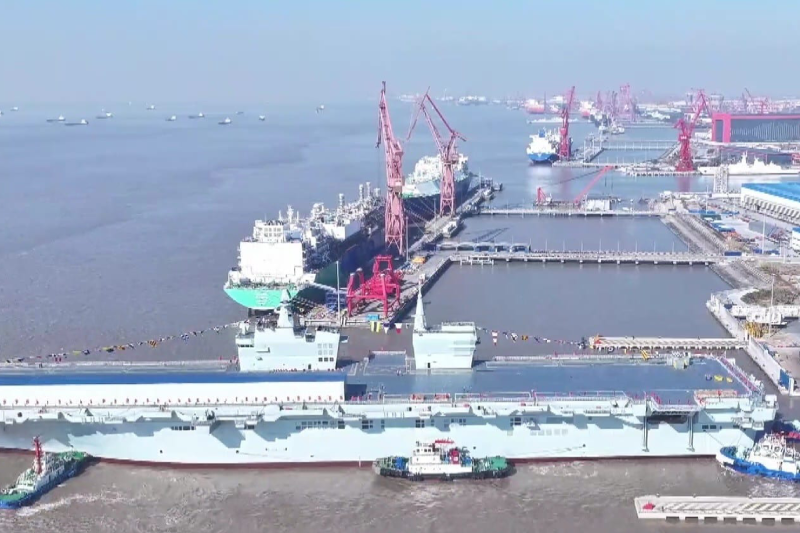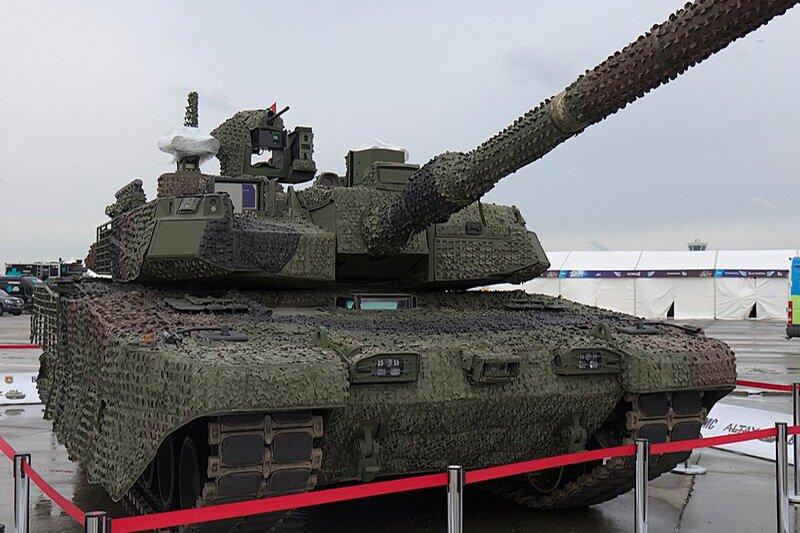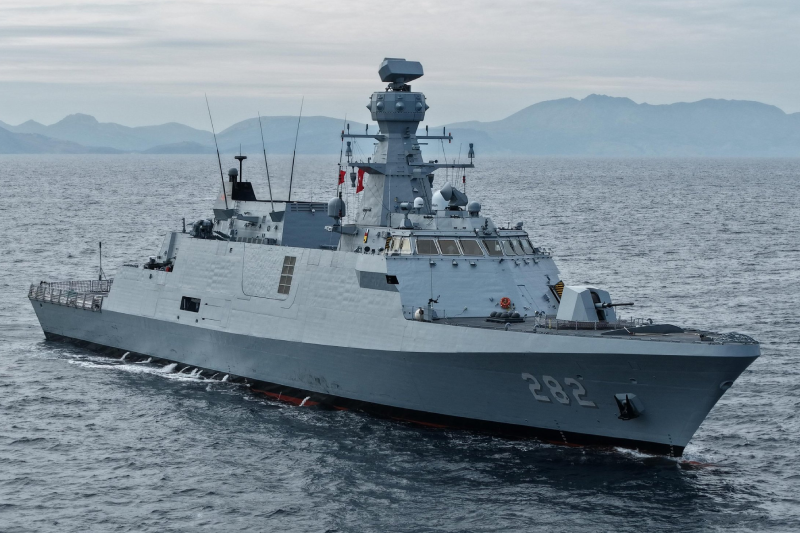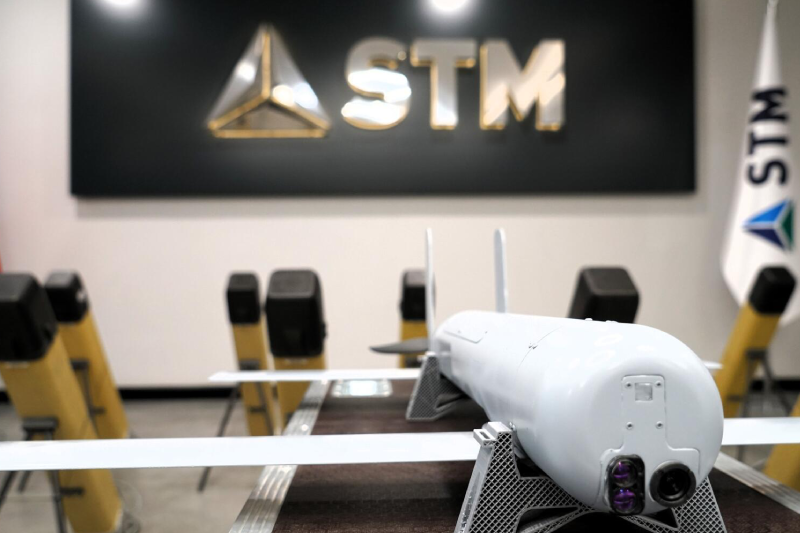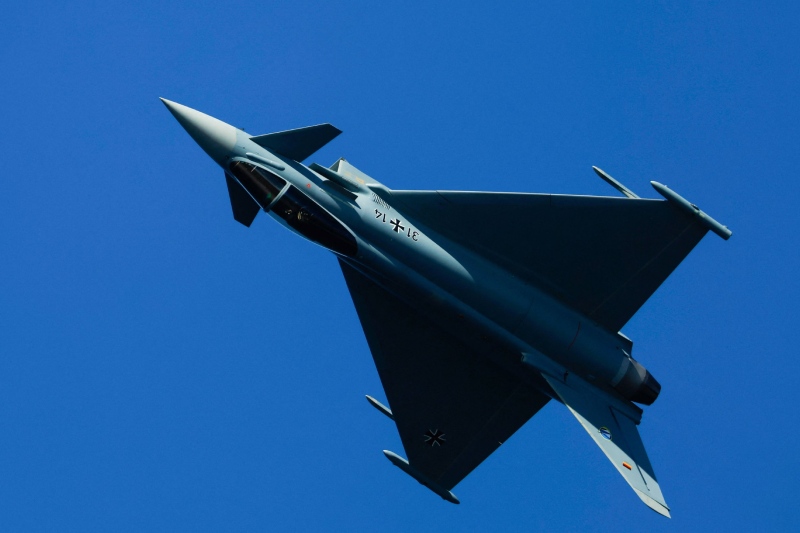Iran Unveils Its Underground ‘Missile City’
Iran recently released a video showcasing an underground weapons facility, referred to as a ‘missile city,’ packed with advanced ballistic and cruise missiles. This display of military strength comes amid escalating regional tensions, with Iran emphasizing its capability to withstand an attack and deliver a powerful response. However, the video also inadvertently reveals a critical weakness in Iran’s underground arsenal poor protective measures that could make the facility highly vulnerable to enemy strikes.
Iran’s Expanding Missile Arsenal
The footage, aired on state media, features high-ranking military officials, Maj. Gen. Mohammad Hossein Bagheri and Amir Ali Hajizadeh, driving through a tunnel lined with Iran’s most advanced missiles, including Kheybar Shekans, Ghadr-Hs, Sejjils, and Paveh Land Attack Cruise Missiles. These weapons have been used in past conflicts, notably against Israel, highlighting Iran’s growing missile capabilities.
Despite the impressive display, a major flaw in the design of this facility is evident. The missiles and rockets are stored in long, continuous tunnels without significant protective measures such as blast doors or compartmentalized revetments. This setup could lead to catastrophic secondary explosions in the event of an attack, as a single breach in the tunnel’s structure could trigger a devastating chain reaction, potentially wiping out large portions of Iran’s missile stockpile.
Rising U.S. and Israeli Concerns
The timing of the video release coincides with heightened military activity in the Middle East. The U.S. has reinforced its presence in the region, deploying aircraft carriers USS Carl Vinson and USS Harry S. Truman, along with F-35 stealth fighters and B-2 Spirit bombers to Diego Garcia. These moves are seen as a response to Iran’s continued support for Houthi rebels and its nuclear ambitions, which have been a focal point of U.S. foreign policy.
Additionally, Israel has demonstrated its capability to strike fortified underground facilities, as seen in its recent attacks on Iranian-linked missile sites in Syria and Hezbollah’s underground command center in Lebanon. These operations underline the vulnerabilities of subterranean missile storage, reinforcing that even heavily fortified complexes are not invulnerable to precision strikes or ground-based infiltrations.
Also read this: J-36 Has Been Spotted Conducting Its Third Test Flight
Strategic Implications
Iran has long invested in underground military infrastructure to protect its assets from aerial attacks. However, the latest revelations suggest that these facilities may not be as secure as intended. With the increasing precision and penetration capabilities of modern bunker-busting munitions, Iran’s reliance on such underground storage could backfire in a large-scale conflict.
As geopolitical tensions continue to rise, Iran’s missile cities remain both a symbol of strength and a potential Achilles’ heel. Future conflicts will test whether these underground arsenals can withstand modern warfare’s evolving threats or become prime targets for adversaries looking to neutralize Iran’s missile capabilities.
Keep connected with us at Facebook, Twitter, YouTube, Instagram & TikTok for latest defense happening around the globe.
Discover more from International Defence Analysis
Subscribe to get the latest posts sent to your email.


